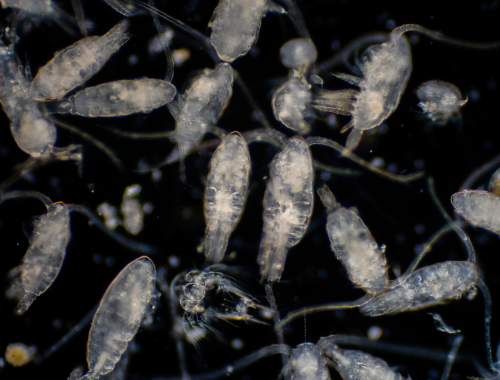
Harmony in the Aquatic Realm: Exploring the Similarities Between Zooplankton and Phytoplankton
The vast expanses of aquatic ecosystems are home to a diverse array of microscopic organisms, two key players among them being zooplankton and phytoplankton. Despite their distinct roles in the aquatic food web, these organisms share fascinating similarities that contribute to the delicate balance of life in oceans, lakes, and other water bodies. In this exploration, we delve into the intricacies of zooplankton and phytoplankton, shedding light on their commonalities with references to scientific literature.
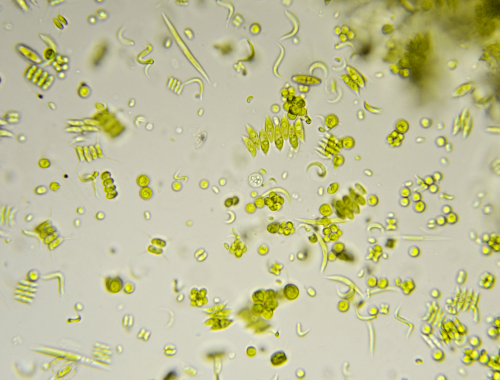
Microscopic Marvels:
- Zooplankton: These are tiny, drifting animals that form a crucial link in aquatic food chains. Common zooplankton include copepods, krill, and small jellyfish.
- Phytoplankton: Phytoplankton, on the other hand, are microscopic, photosynthetic organisms, primarily consisting of various types of algae. They serve as the primary producers in aquatic ecosystems.
Foundational Role in Food Chains:
- Zooplankton: Despite their small size, zooplankton play a pivotal role in transferring energy through marine and freshwater ecosystems. They serve as a crucial food source for a variety of aquatic organisms, from small fish to whales.
- Phytoplankton: Similarly, phytoplankton are the foundation of the aquatic food web. Through photosynthesis, they convert sunlight into energy, providing sustenance for zooplankton and other organisms.
Dynamic Life Cycles:
- Zooplankton: Zooplankton exhibit diverse life cycles, with some species undergoing vertical migrations, moving to different depths of the water column based on factors such as light and temperature.
- Phytoplankton: Phytoplankton also showcase dynamic life cycles, with their abundance influenced by factors like nutrient availability, sunlight, and water temperature.
Response to Environmental Conditions:
- Zooplankton: The distribution and abundance of zooplankton are sensitive to changes in environmental conditions, including variations in temperature, nutrient levels, and predation pressure.
- Phytoplankton: Phytoplankton respond similarly to environmental changes, with their growth influenced by factors like nutrient concentrations, light availability, and temperature gradients.
Seasonal Blooms:
- Zooplankton: Certain zooplankton species exhibit seasonal population increases, known as blooms, in response to changes in water temperature and nutrient availability.
- Phytoplankton: Phytoplankton are renowned for their seasonal blooms, which are critical events in aquatic ecosystems. These blooms can have significant ecological implications, influencing nutrient cycling and food web dynamics.
Critical Role in Carbon Cycling:
- Zooplankton: Through feeding on phytoplankton, zooplankton contribute to the transfer of carbon within aquatic ecosystems. Their activities influence carbon sequestration and nutrient cycling.
- Phytoplankton: Phytoplankton are vital in carbon sequestration through photosynthesis, playing a major role in regulating atmospheric carbon dioxide levels and global climate patterns.
In conclusion, the similarities between zooplankton and phytoplankton highlight the interconnectedness of these microscopic organisms in sustaining the health and balance of aquatic ecosystems. Their dynamic interactions contribute to the intricate web of life beneath the water’s surface.
Below is a simplified comparison table highlighting key similarities between zooplankton and phytoplankton:
| Aspect | Zooplankton | Phytoplankton |
| Organism Type | Microscopic animals drifting in aquatic environments. | Microscopic, photosynthetic organisms primarily composed of various algae. |
| Role in Food Chains | Crucial link transferring energy through aquatic food chains. | Foundation of aquatic food webs, providing sustenance for various organisms. |
| Life Cycle | Exhibits diverse life cycles; some species undergo vertical migrations. | Showcases dynamic life cycles influenced by factors such as nutrient availability and sunlight. |
| Response to Environmental Conditions | Distribution and abundance are sensitive to changes in temperature, nutrient levels, and predation. | Growth and abundance are influenced by environmental factors like nutrient concentrations, light availability, and temperature. |
| Seasonal Blooms | Certain species exhibit seasonal population increases (blooms). | Notable for seasonal blooms, critical events with ecological implications. |
| Carbon Cycling Role | Contributes to the transfer of carbon through feeding on phytoplankton. | Vital in carbon sequestration through photosynthesis, influencing atmospheric carbon dioxide levels. |
This comparison table provides a quick overview of the shared characteristics between zooplankton and phytoplankton, emphasizing their roles in aquatic ecosystems and their responses to environmental dynamics.
FAQ: Similarities Between Zooplankton and Phytoplankton
Q1: What is the primary distinction between zooplankton and phytoplankton?
A1: The primary distinction lies in their biological nature. Zooplankton are microscopic animals, while phytoplankton are microscopic, photosynthetic organisms primarily composed of various types of algae.
Q2: How do zooplankton and phytoplankton contribute to aquatic food webs?
A2: Both zooplankton and phytoplankton play crucial roles in aquatic food webs. Phytoplankton, as primary producers, are the foundation, and zooplankton serve as a link in transferring energy by consuming phytoplankton and being preyed upon by larger organisms.
Q3: Do zooplankton and phytoplankton exhibit seasonal patterns in their populations?
A3: Yes, both zooplankton and phytoplankton can exhibit seasonal patterns. Certain species within each group may undergo population increases, known as blooms, in response to changes in environmental conditions.
Q4: How do environmental conditions impact zooplankton and phytoplankton?
A4: Both groups are sensitive to environmental conditions. Factors such as temperature, nutrient levels, light availability, and predation pressure influence the distribution, abundance, and seasonal dynamics of zooplankton and phytoplankton.
Q5: What is the significance of zooplankton and phytoplankton in carbon cycling?
A5: Zooplankton contribute to carbon cycling by feeding on phytoplankton, transferring carbon through the aquatic food web. Phytoplankton, through photosynthesis, play a vital role in carbon sequestration, influencing atmospheric carbon dioxide levels.
Q6: Are there specific scientific studies or references exploring the similarities between zooplankton and phytoplankton?
A6: Yes, scientific literature such as “The effects of changing climate on microzooplankton grazing and community structure” by Caron and Hutchins, and “Biogeochemical controls and feedbacks on ocean primary production” by Falkowski et al., explore aspects of zooplankton and phytoplankton dynamics in aquatic ecosystems.
Q7: How do zooplankton and phytoplankton respond to changes in water temperature?
A7: Changes in water temperature can impact the distribution and abundance of both zooplankton and phytoplankton. Their responses may include shifts in vertical migration patterns, altered growth rates, and variations in seasonal dynamics.
Q8: Are there specific types of zooplankton and phytoplankton that are commonly studied or have ecological importance?
A8: Yes, common zooplankton include copepods, krill, and small jellyfish. Phytoplankton comprise various types of algae, including diatoms, dinoflagellates, and cyanobacteria, which are extensively studied for their ecological roles.
Q9: How do zooplankton and phytoplankton influence nutrient cycling in aquatic environments?
A9: Zooplankton contribute to nutrient cycling by consuming phytoplankton and releasing nutrients through excretion. Phytoplankton play a key role in nutrient uptake during photosynthesis, influencing nutrient availability in the water.
Q10: Are there notable differences in the life cycles of zooplankton and phytoplankton?
A10: Yes, while both groups exhibit dynamic life cycles, zooplankton species may undergo vertical migrations, moving to different depths of the water column. Phytoplankton life cycles are influenced by factors like nutrient availability, light, and temperature.
Q11: Can changes in phytoplankton abundance impact zooplankton populations and vice versa?
A11: Yes, changes in phytoplankton abundance can directly impact zooplankton populations as they rely on phytoplankton as a food source. Conversely, zooplankton grazing can control phytoplankton abundance, creating a dynamic interdependence.
Q12: How do zooplankton and phytoplankton respond to variations in light availability?
A12: Both zooplankton and phytoplankton are influenced by light availability. Phytoplankton require light for photosynthesis, while zooplankton may adjust their vertical movements and behaviors in response to changes in light conditions.
Q13: Can zooplankton and phytoplankton be indicators of environmental health in aquatic ecosystems?
A13: Yes, changes in zooplankton and phytoplankton populations can serve as indicators of environmental health. Monitoring their abundance, diversity, and seasonal patterns can provide insights into the overall well-being of aquatic ecosystems.
Q14: Are there efforts to conserve and protect zooplankton and phytoplankton in marine environments?
A14: Conservation efforts often focus on preserving entire marine ecosystems, which includes protecting zooplankton and phytoplankton populations. These efforts aim to maintain biodiversity and ecological balance in the oceans.
Q15: How do zooplankton and phytoplankton contribute to global climate patterns?
A15: Phytoplankton play a crucial role in regulating atmospheric carbon dioxide levels through photosynthesis, impacting global climate patterns. Zooplankton contribute to this process by participating in the carbon transfer within aquatic environments.
These additional FAQs delve deeper into the ecological interactions, responses to environmental factors, and the broader significance of zooplankton and phytoplankton in aquatic ecosystems. Understanding these dynamics is essential for preserving the health and balance of marine and freshwater environments.

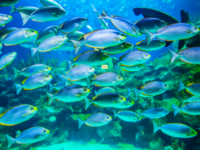
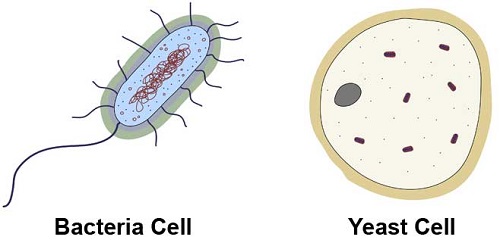
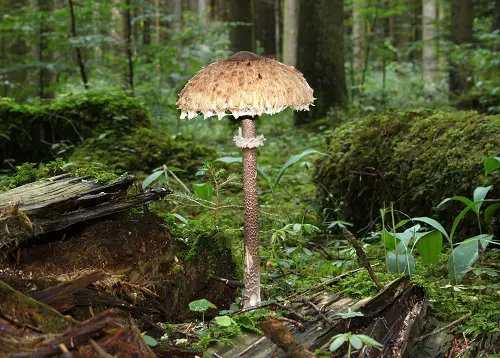

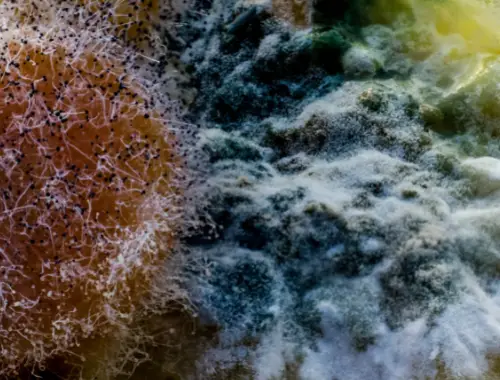






Leave a Reply